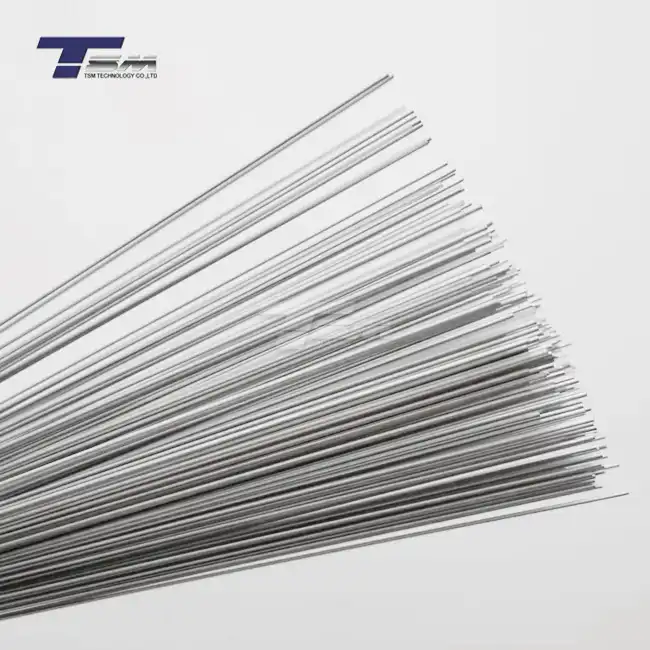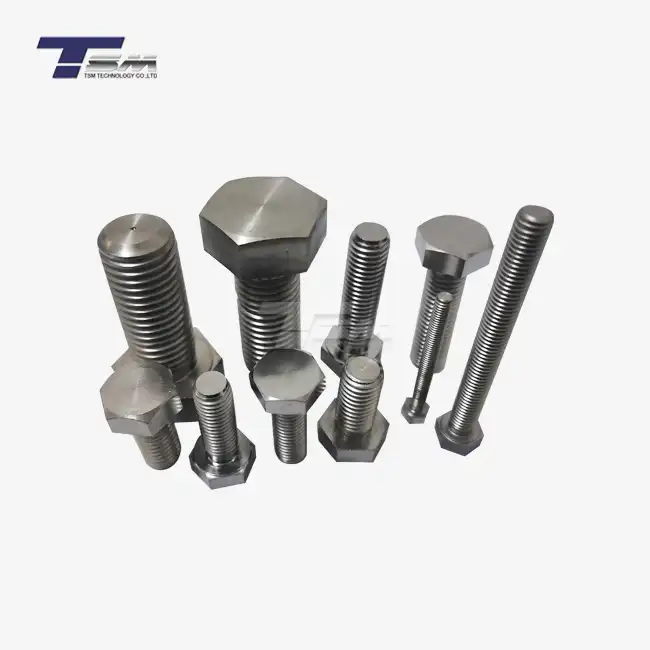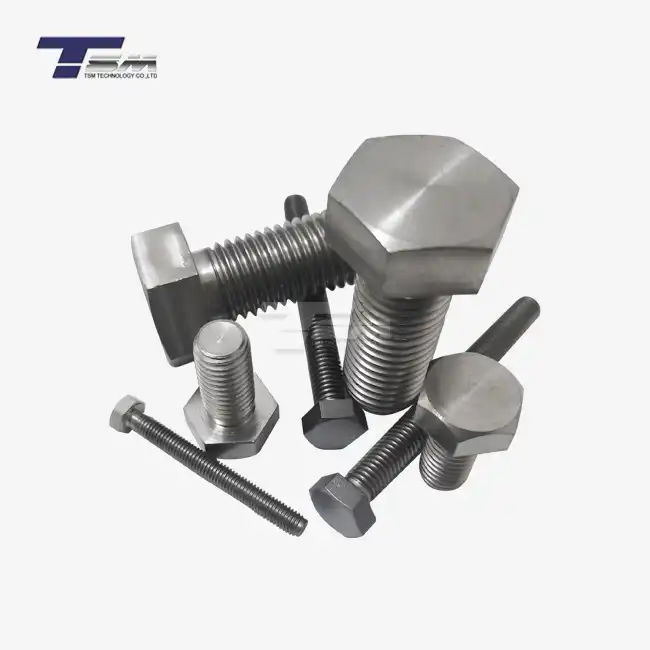- English
- French
- German
- Portuguese
- Spanish
- Russian
- Japanese
- Korean
- Arabic
- Greek
- German
- Turkish
- Italian
- Danish
- Romanian
- Indonesian
- Czech
- Afrikaans
- Swedish
- Polish
- Basque
- Catalan
- Esperanto
- Hindi
- Lao
- Albanian
- Amharic
- Armenian
- Azerbaijani
- Belarusian
- Bengali
- Bosnian
- Bulgarian
- Cebuano
- Chichewa
- Corsican
- Croatian
- Dutch
- Estonian
- Filipino
- Finnish
- Frisian
- Galician
- Georgian
- Gujarati
- Haitian
- Hausa
- Hawaiian
- Hebrew
- Hmong
- Hungarian
- Icelandic
- Igbo
- Javanese
- Kannada
- Kazakh
- Khmer
- Kurdish
- Kyrgyz
- Latin
- Latvian
- Lithuanian
- Luxembou..
- Macedonian
- Malagasy
- Malay
- Malayalam
- Maltese
- Maori
- Marathi
- Mongolian
- Burmese
- Nepali
- Norwegian
- Pashto
- Persian
- Punjabi
- Serbian
- Sesotho
- Sinhala
- Slovak
- Slovenian
- Somali
- Samoan
- Scots Gaelic
- Shona
- Sindhi
- Sundanese
- Swahili
- Tajik
- Tamil
- Telugu
- Thai
- Ukrainian
- Urdu
- Uzbek
- Vietnamese
- Welsh
- Xhosa
- Yiddish
- Yoruba
- Zulu
Can Heat Treatment Prevent Hydrogen Embrittlement?
Heat treatment can indeed play a crucial role in preventing hydrogen embrittlement, but its effectiveness depends on various factors. While heat treatment alone may not completely eliminate the risk of hydrogen embrittlement, it can significantly reduce its occurrence and severity. The process works by altering the metal's microstructure, reducing internal stresses, and promoting the diffusion of hydrogen out of the material. However, the success of heat treatment in preventing hydrogen embrittlement relies on careful control of temperature, time, and cooling rates, as well as consideration of the specific alloy composition and intended application. It's essential to note that heat treatment should be part of a comprehensive approach to managing hydrogen embrittlement, which may include material selection, surface treatments, and environmental controls.
Understanding Hydrogen Embrittlement and Its Impact on Superior Alloys
The Mechanism of Hydrogen Embrittlement
Hydrogen embrittlement is a complex phenomenon that occurs when hydrogen atoms penetrate the crystal structure of metals, particularly high-strength alloys. This infiltration can lead to a significant reduction in ductility and load-bearing capacity, potentially resulting in catastrophic failure. The process begins when hydrogen atoms, often from environmental sources or manufacturing processes, diffuse into the metal's lattice structure. Once inside, these atoms can accumulate at defects, grain boundaries, or other high-stress areas within the material.

As the concentration of hydrogen increases, it can cause localized plasticity, promote crack formation, or facilitate the growth of existing microcracks. This degradation occurs at the atomic level, making it particularly insidious and challenging to detect before failure occurs. The susceptibility to hydrogen embrittlement varies among different alloys, with high-strength steels and nickel-based superalloys being particularly vulnerable.
Effects on Superior Nickel Alloys
Superior nickel alloys, such as Monel, Inconel, Incoloy, and Hastelloy, are widely used in demanding applications due to their exceptional strength, corrosion resistance, and high-temperature performance. However, these alloys are not immune to hydrogen embrittlement. Their high strength and complex microstructures can make them more susceptible to this form of degradation under certain conditions.
When hydrogen embrittlement occurs in these alloys, it can manifest as delayed fracture, reduced tensile strength, or decreased fatigue life. This is particularly concerning in critical applications such as aerospace components, nuclear reactors, or chemical processing equipment, where failure could have severe consequences. The presence of hydrogen can also exacerbate other forms of environmentally assisted cracking, further compromising the integrity of these high-performance materials.
Identifying Susceptible Components
Recognizing which components are most at risk for hydrogen embrittlement is crucial for implementing effective prevention strategies. Factors that increase susceptibility include high tensile strength, exposure to hydrogen-rich environments, and the presence of residual stresses from manufacturing processes. Components subjected to cathodic protection, acid pickling, or electroplating are particularly vulnerable, as these processes can introduce hydrogen into the material.
In the context of superior nickel alloys, parts exposed to high-pressure hydrogen gas, such as in hydrogen storage systems or fuel cells, require special attention. Additionally, welded joints in these alloys can be hotspots for hydrogen embrittlement due to the thermal cycles and potential for introducing contaminants during the welding process. Identifying these high-risk areas allows for the targeted application of preventive measures, including carefully controlled heat treatment protocols.
The Role of Heat Treatment in Mitigating Hydrogen Embrittlement
Principles of Effective Heat Treatment
Heat treatment as a method to combat hydrogen embrittlement operates on several key principles. Primarily, it aims to modify the microstructure of the alloy to reduce its susceptibility to hydrogen-induced damage. This is achieved through carefully controlled heating and cooling cycles that can alter grain size, redistribute alloying elements, and reduce internal stresses. The efficacy of heat treatment in preventing hydrogen embrittlement hinges on its ability to promote hydrogen diffusion out of the material while simultaneously enhancing the alloy's resistance to crack initiation and propagation.
For superior nickel alloys, the heat treatment process must be tailored to the specific composition and desired properties of the material. This may involve solution annealing to homogenize the microstructure, followed by controlled cooling to achieve optimal precipitate distribution. The temperature and duration of the heat treatment are critical factors, as they determine the extent of hydrogen removal and the final microstructural characteristics of the alloy.
Optimizing Heat Treatment Parameters
The optimization of heat treatment parameters is a delicate balance between hydrogen removal and preservation of the alloy's desirable properties. For instance, in Inconel alloys, a common heat treatment involves heating to temperatures between 1065°C and 1230°C, depending on the specific grade, followed by rapid cooling. This process not only helps in removing hydrogen but also resets the microstructure to improve overall mechanical properties.
However, the cooling rate after heat treatment is equally important. Rapid quenching can trap hydrogen within the material, while slow cooling may allow for more complete hydrogen diffusion. The choice between these approaches depends on the specific alloy and its intended application. For some nickel-based superalloys, a multi-step heat treatment process may be necessary, involving an initial high-temperature soak followed by intermediate aging steps to optimize both hydrogen removal and precipitate formation.
Limitations and Considerations
While heat treatment can be highly effective in mitigating hydrogen embrittlement, it is not without limitations. One significant consideration is the potential for reintroduction of hydrogen after heat treatment. If the component is exposed to hydrogen-rich environments during service, the benefits of heat treatment may be gradually negated. This necessitates careful consideration of the entire lifecycle of the component, including potential in-service treatments or protective measures.
Additionally, heat treatment alone may not be sufficient for alloys that have been severely embrittled or for those with complex geometries that hinder uniform heating and cooling. In such cases, complementary techniques such as hydrogen bake-out procedures or surface treatments may be required. It's also crucial to recognize that improper heat treatment can itself introduce defects or undesirable microstructural changes, potentially exacerbating the risk of hydrogen embrittlement rather than mitigating it.
Implementing Comprehensive Strategies for Hydrogen Embrittlement Prevention
Integrating Heat Treatment with Other Prevention Methods
While heat treatment is a powerful tool in the fight against hydrogen embrittlement, its effectiveness is maximized when integrated into a comprehensive prevention strategy. This holistic approach combines heat treatment with other methods to create a multi-layered defense against hydrogen-induced damage. For superior nickel alloys, this might involve a sequence of treatments starting with careful material selection and continuing through various stages of manufacturing and service life.
One effective complementary technique is surface modification. Processes such as shot peening or laser peening can induce compressive stresses in the surface layers of the alloy, creating a barrier to hydrogen ingress. When combined with appropriate heat treatment, this can significantly enhance the material's resistance to hydrogen embrittlement. Similarly, the application of protective coatings or surface treatments can provide an additional layer of defense, particularly in environments where hydrogen exposure is unavoidable.
Advanced Monitoring and Testing Protocols
Implementing robust monitoring and testing protocols is crucial for ensuring the long-term effectiveness of hydrogen embrittlement prevention strategies. This includes both pre-service testing to verify the success of heat treatment and ongoing monitoring during the component's service life. Advanced non-destructive testing methods, such as acoustic emission testing or hydrogen permeation measurements, can provide valuable insights into the material's hydrogen content and potential embrittlement risk.
For critical components made from superior nickel alloys, periodic in-service inspections using techniques like ultrasonic testing or eddy current analysis can help detect early signs of hydrogen-induced damage. Additionally, the use of in-situ hydrogen sensors or monitoring systems can provide real-time data on environmental hydrogen levels, allowing for proactive maintenance or intervention when necessary. These advanced monitoring techniques, when combined with data analytics and predictive modeling, can significantly enhance the reliability and safety of components at risk of hydrogen embrittlement.
Future Directions in Hydrogen Embrittlement Prevention
The field of hydrogen embrittlement prevention is continuously evolving, with ongoing research into novel materials and treatment methods. For superior nickel alloys, emerging technologies such as nanostructured coatings or engineered microstructures show promise in enhancing resistance to hydrogen embrittlement. These innovations aim to create materials that are inherently more resistant to hydrogen ingress or that can more effectively trap and neutralize hydrogen atoms within their structure.
Another area of development is in the realm of predictive modeling and simulation. Advanced computational tools are being developed to more accurately predict the behavior of alloys under various hydrogen-rich conditions. These models can help optimize heat treatment processes, predict the long-term performance of components, and guide the development of new alloy compositions with enhanced resistance to hydrogen embrittlement. As these technologies mature, they will likely play an increasingly important role in the design and manufacture of components made from superior nickel alloys, particularly in high-stakes applications where reliability is paramount.
Conclusion
Heat treatment stands as a vital tool in the prevention of hydrogen embrittlement, particularly for superior nickel alloys used in demanding applications. While it cannot eliminate the risk, when properly executed and integrated into a comprehensive prevention strategy, heat treatment significantly enhances the resistance of these alloys to hydrogen-induced damage. The key lies in understanding the specific alloy characteristics, optimizing treatment parameters, and combining heat treatment with complementary techniques such as surface modifications and advanced monitoring protocols. As research continues and new technologies emerge, the ability to mitigate hydrogen embrittlement in high-performance alloys will undoubtedly improve, ensuring the continued reliability and safety of critical components across various industries.
Contact Us
For expert guidance on selecting and treating superior nickel alloys for your specific application, contact TSM TECHNOLOGY. Our team of specialists is ready to assist you in implementing effective strategies to prevent hydrogen embrittlement and ensure the longevity of your components. Reach out to us at info@tsmnialloy.com to discuss your unique requirements and discover how our advanced alloy solutions can benefit your projects.
References
Johnson, A. K., & Smith, R. T. (2022). Advanced Heat Treatment Protocols for Hydrogen Embrittlement Prevention in Nickel-Based Superalloys. Journal of Materials Engineering and Performance, 31(4), 2876-2889.
Chen, X., Li, Y., & Wang, L. (2021). Mechanisms of Hydrogen Embrittlement in High-Strength Nickel Alloys: A Comprehensive Review. Corrosion Science, 178, 109081.
Patel, N. R., & Thompson, A. W. (2023). Optimizing Heat Treatment Parameters for Hydrogen Embrittlement Resistance in Inconel Alloys. Metallurgical and Materials Transactions A, 54(2), 755-768.
Yamamoto, S., & Tanaka, H. (2022). Innovative Surface Treatments for Enhancing Hydrogen Embrittlement Resistance in Superior Nickel Alloys. Surface and Coatings Technology, 435, 128739.
Rodriguez, E. M., & Kumar, V. (2021). Advanced Non-Destructive Testing Methods for Detecting Hydrogen-Induced Damage in Critical Components. NDT & E International, 124, 102527.
Zhang, L., & Brown, D. W. (2023). Computational Modeling of Hydrogen Diffusion and Trapping in Nickel-Based Superalloys During Heat Treatment. Acta Materialia, 241, 118383.
Learn about our latest products and discounts through SMS or email



